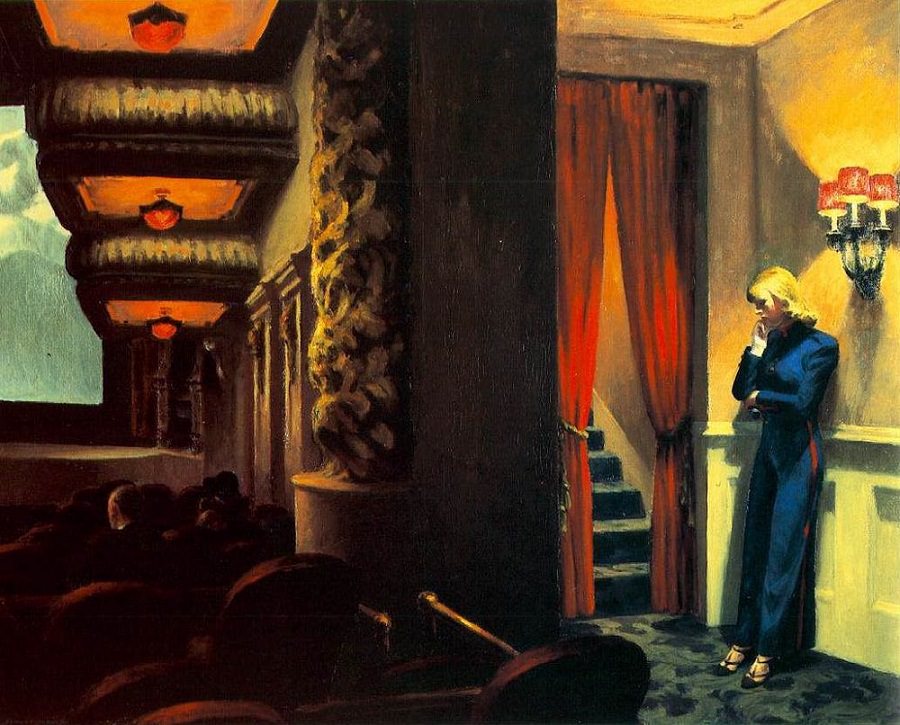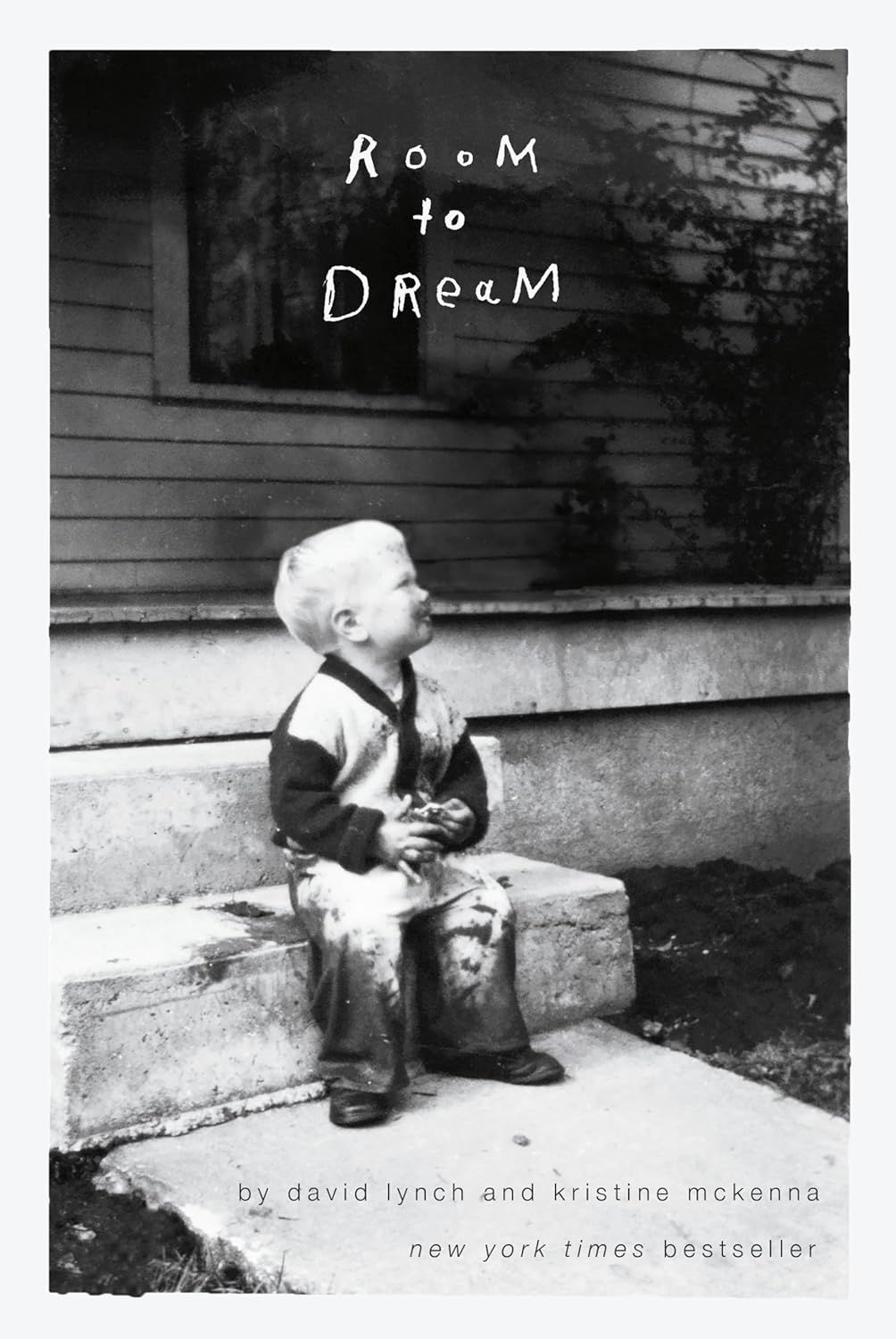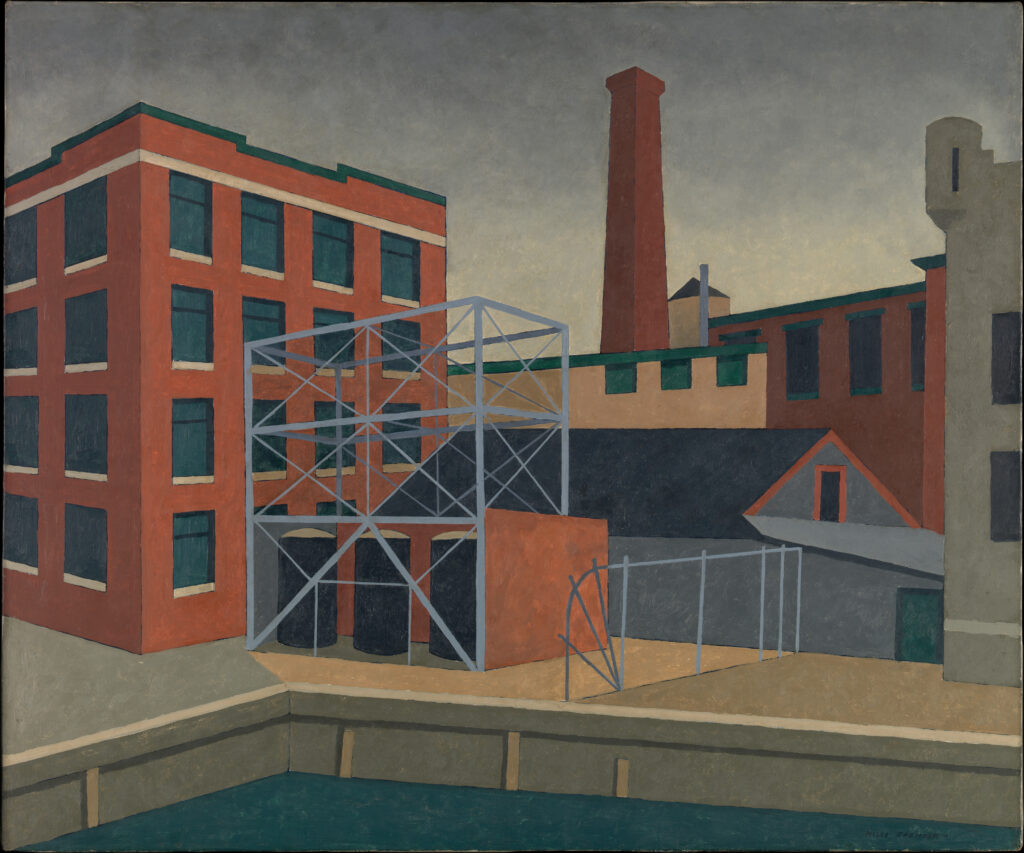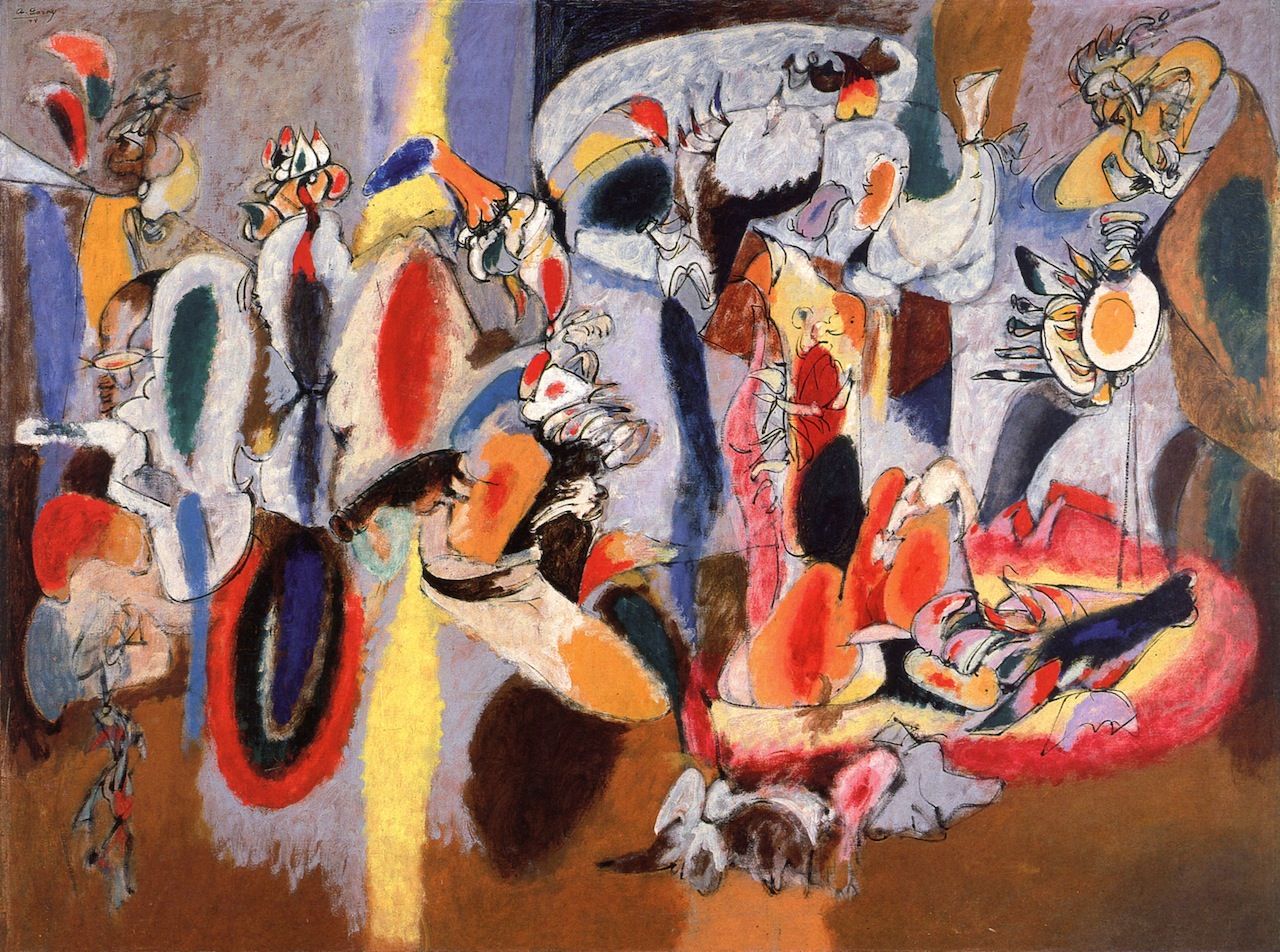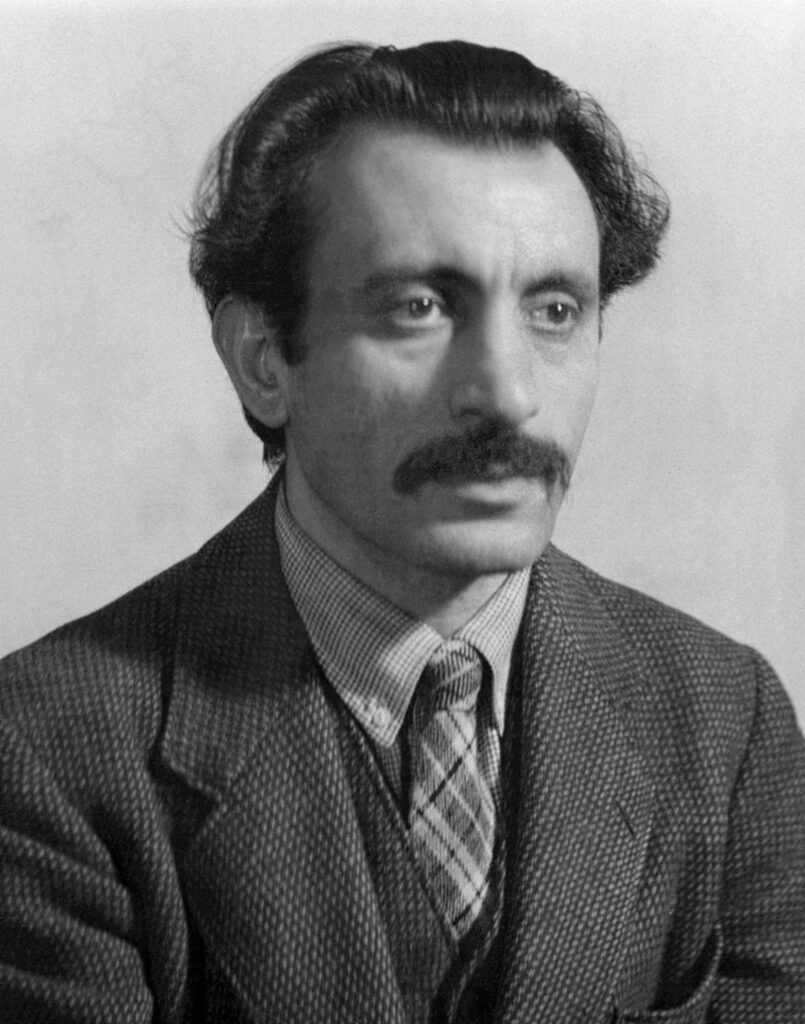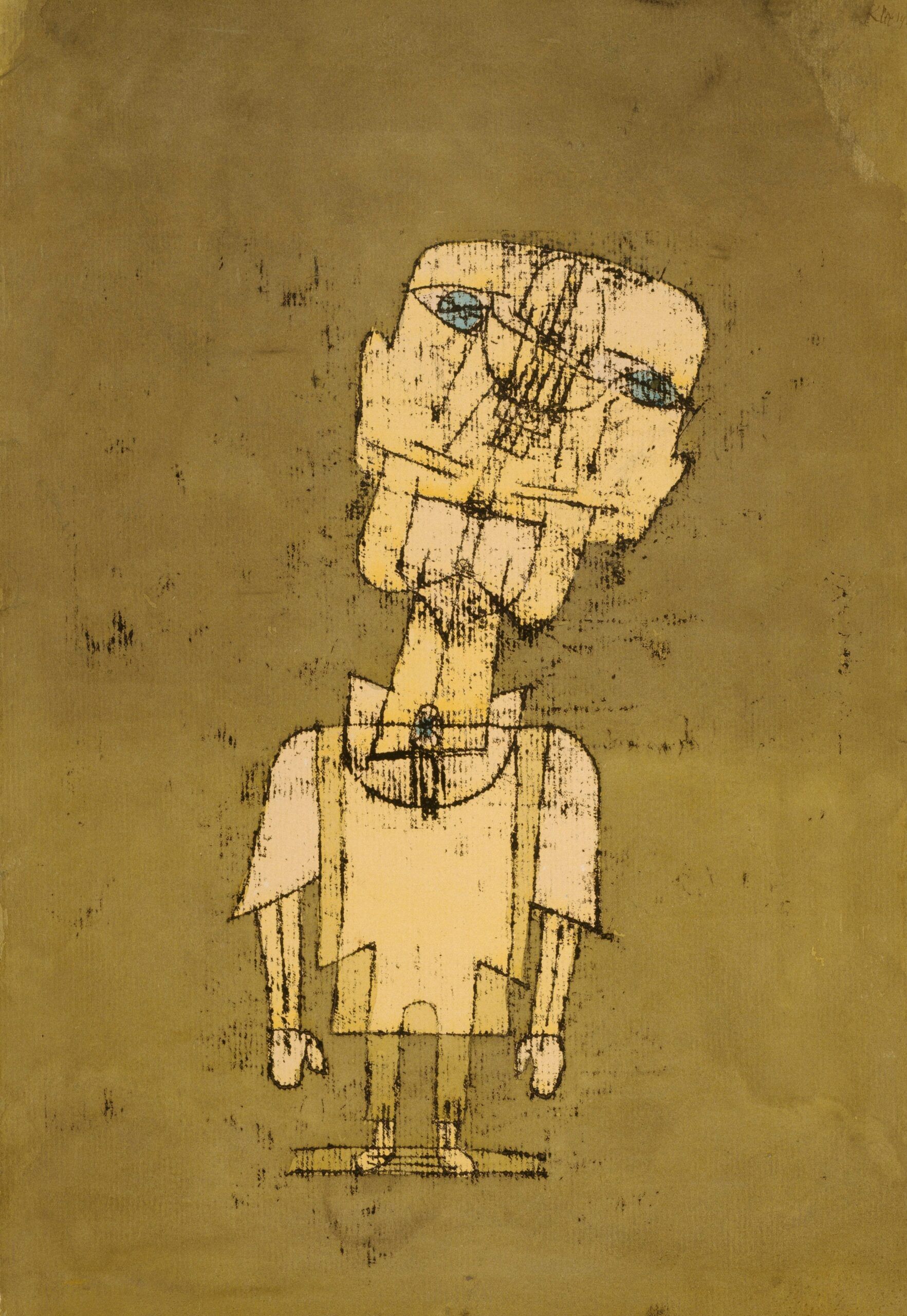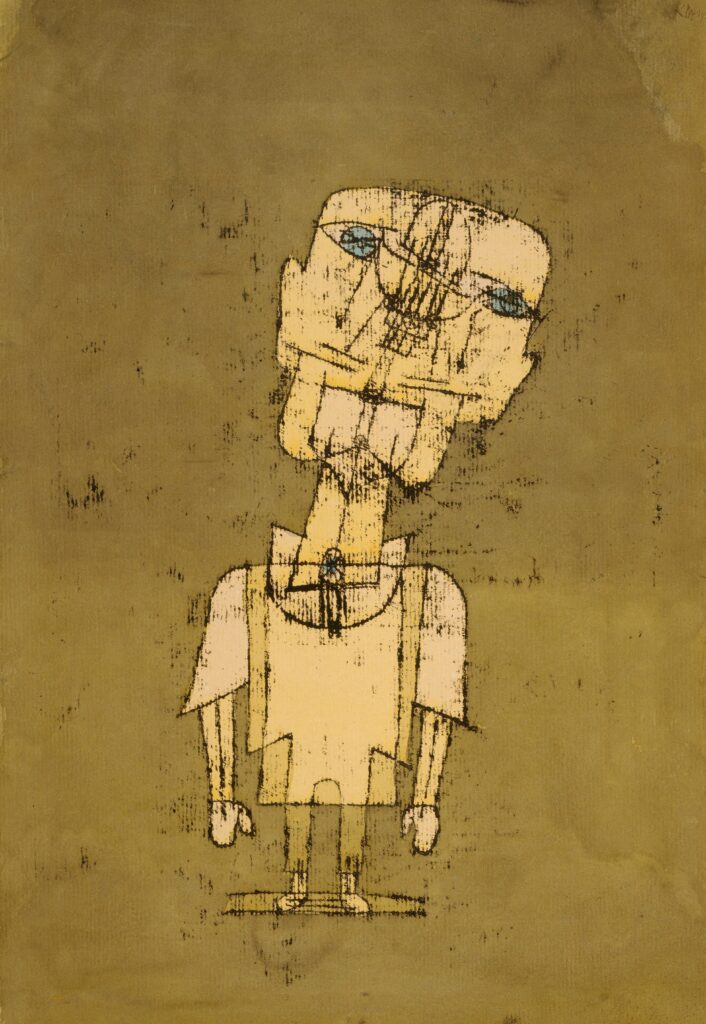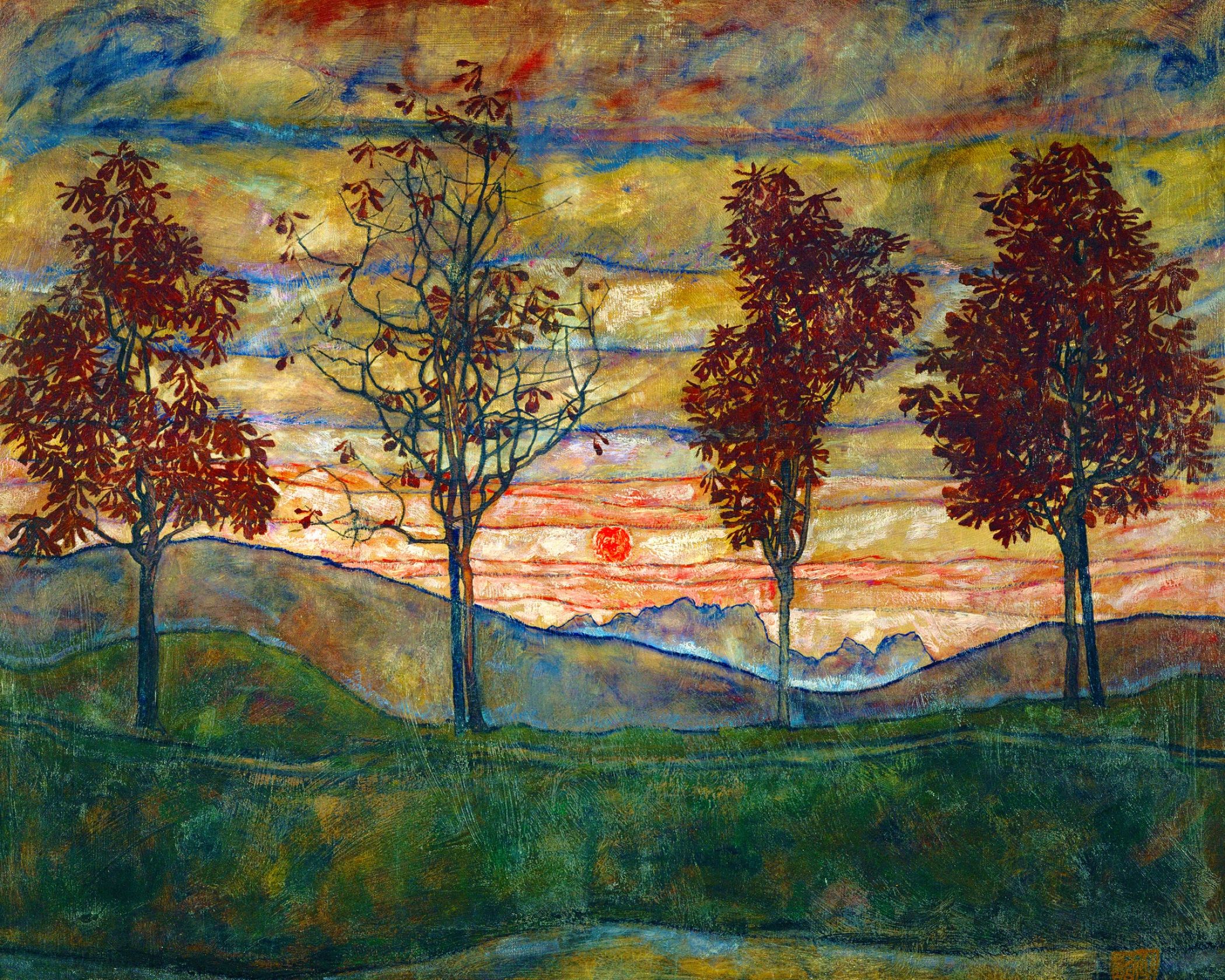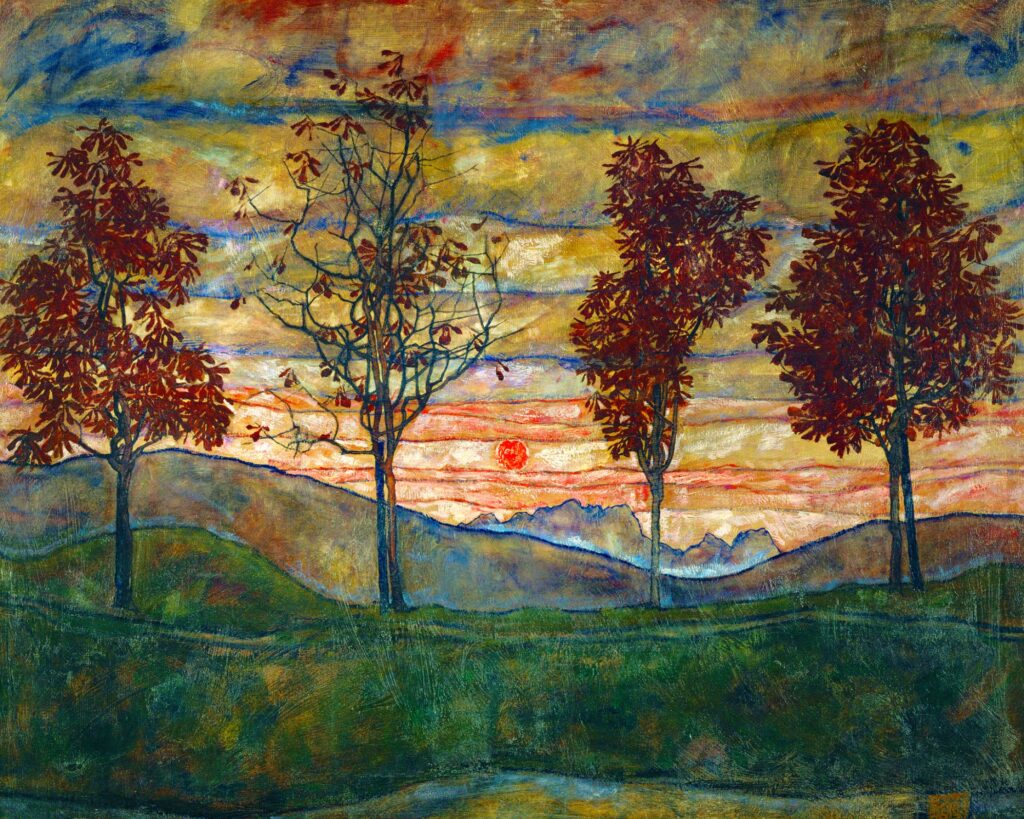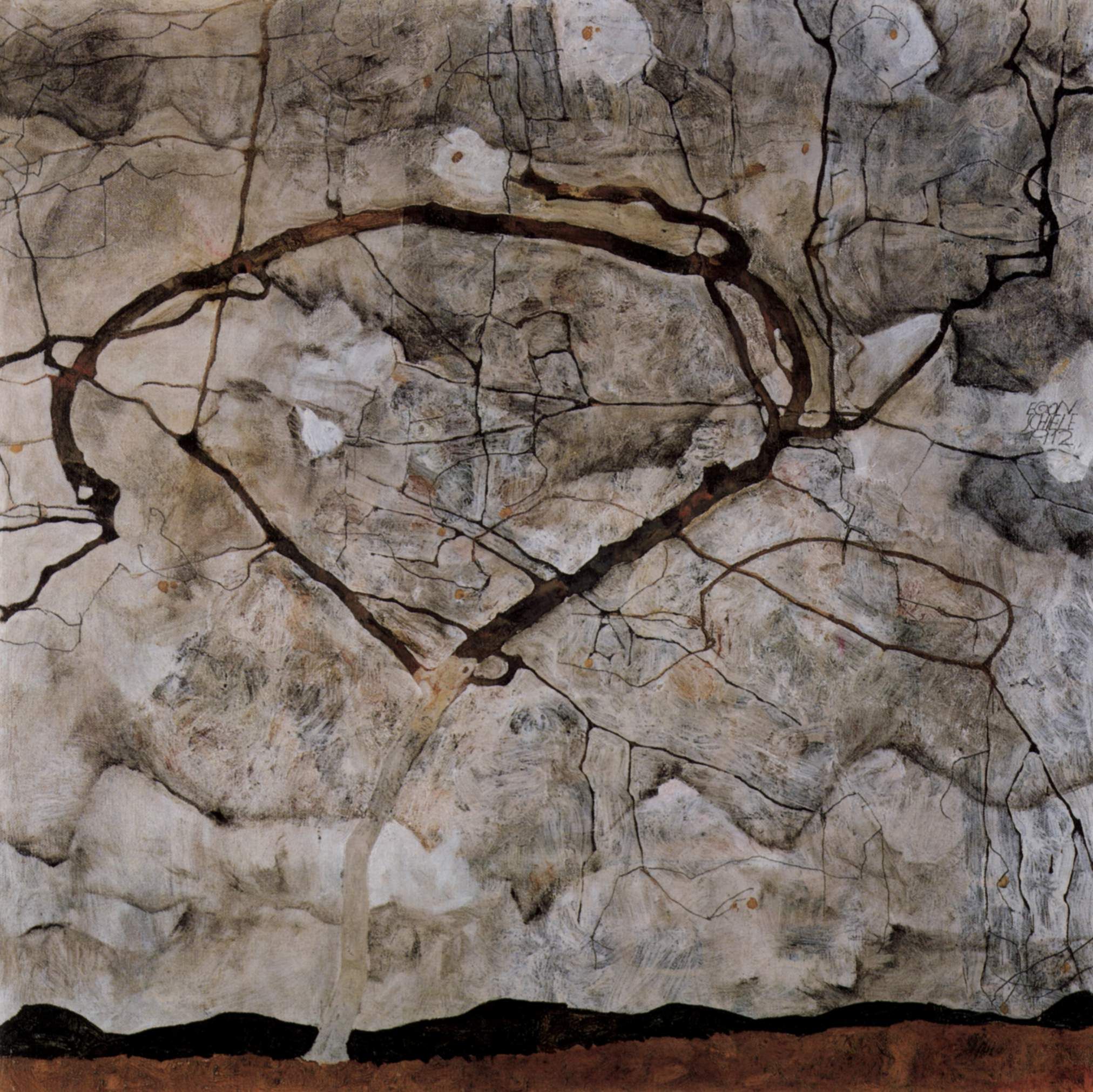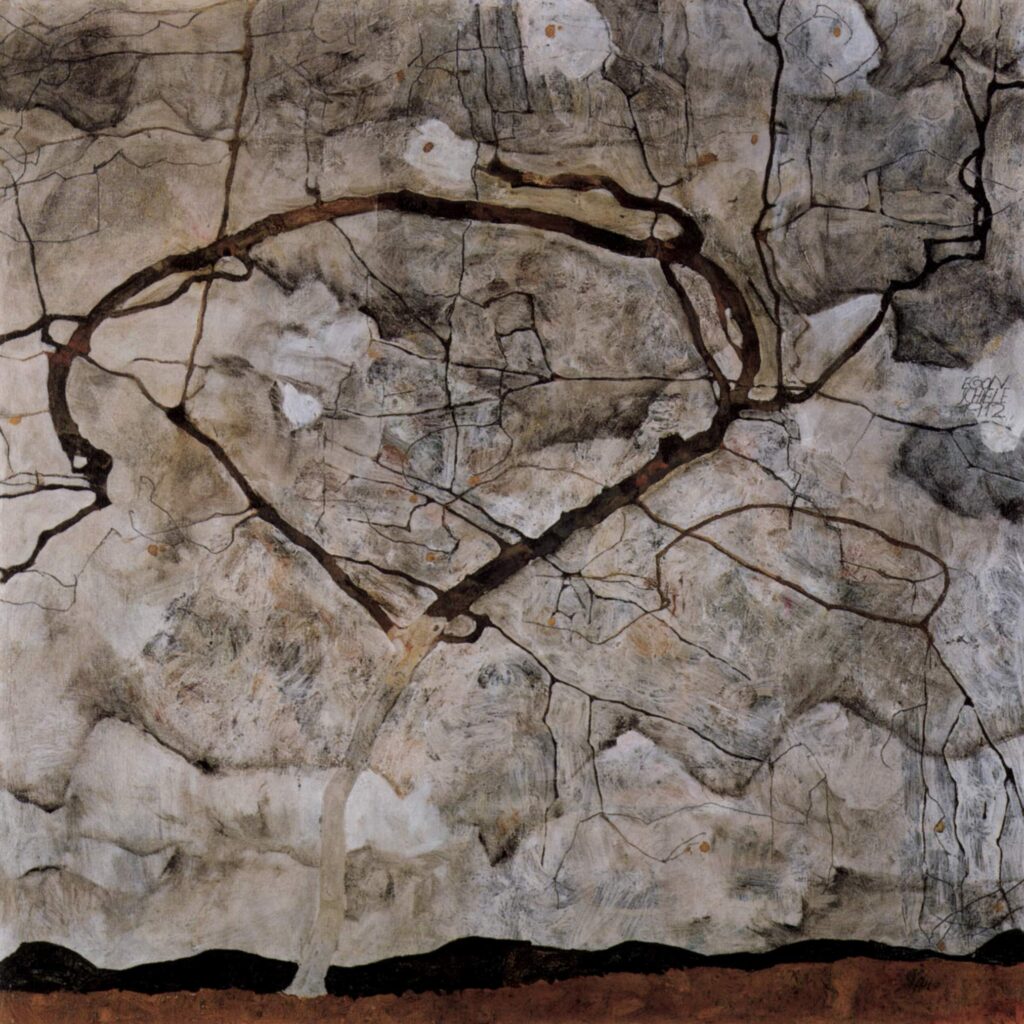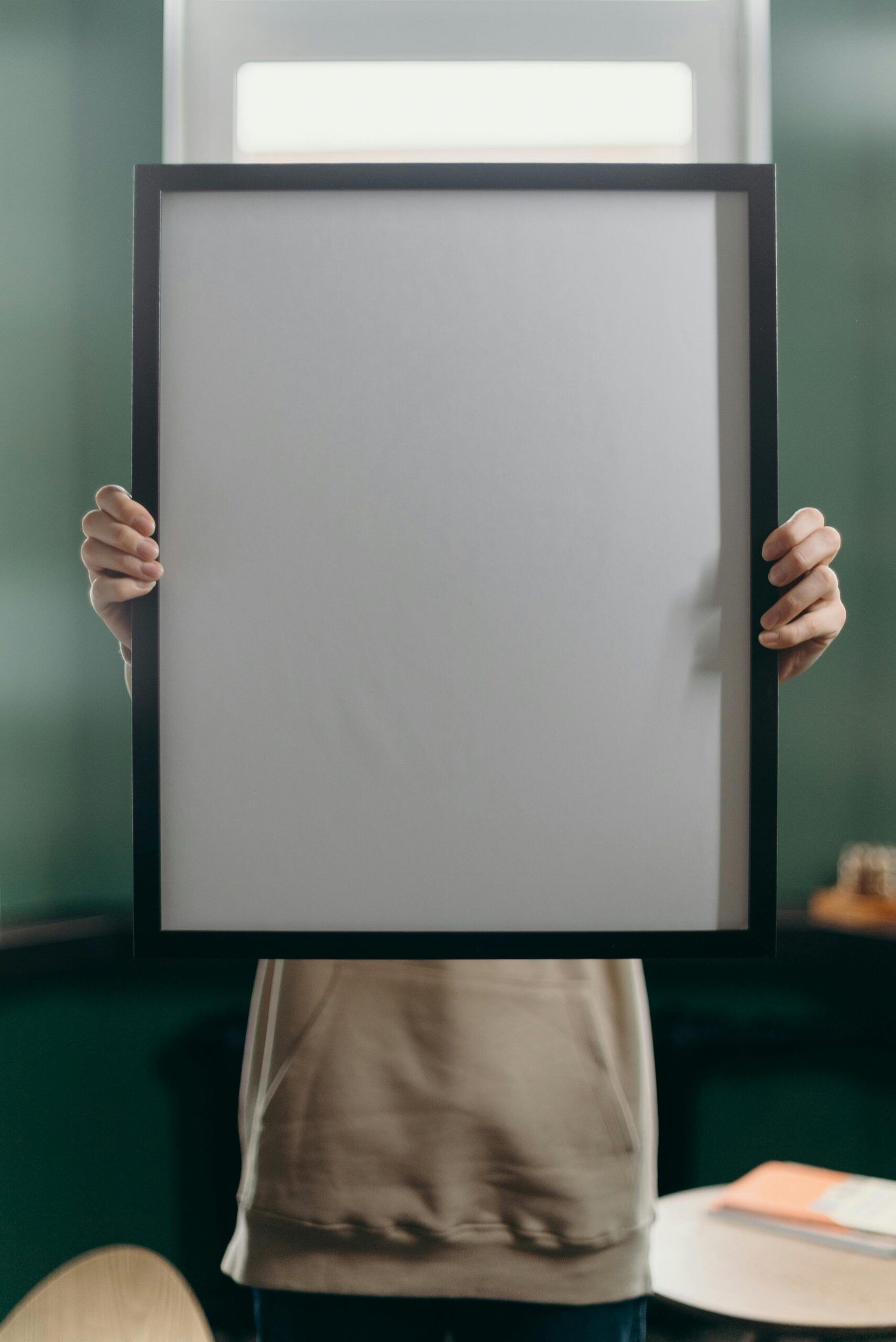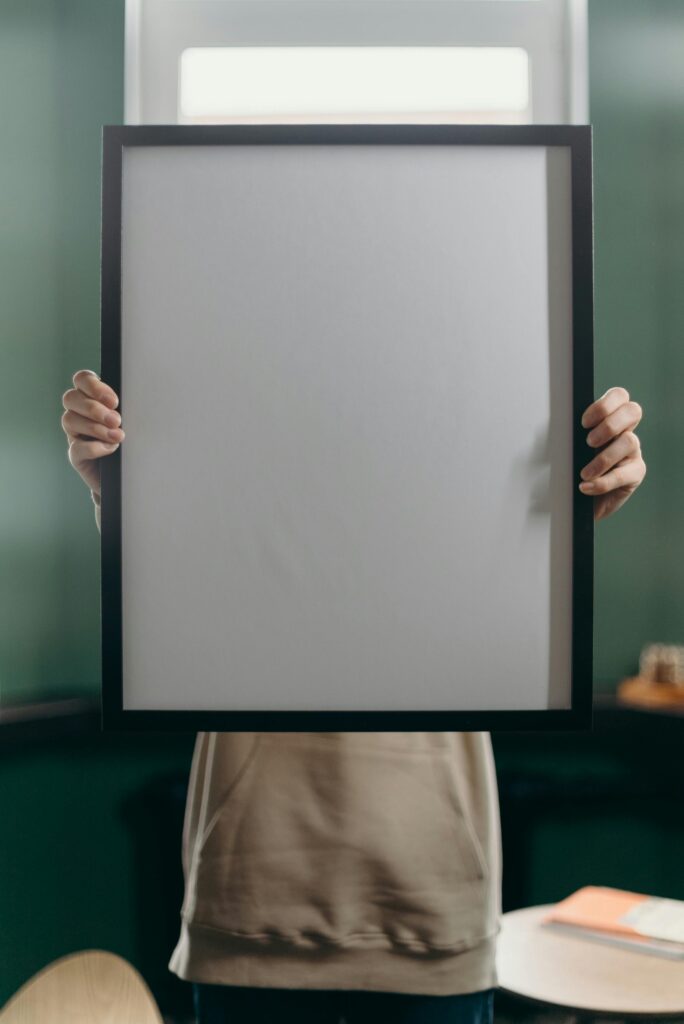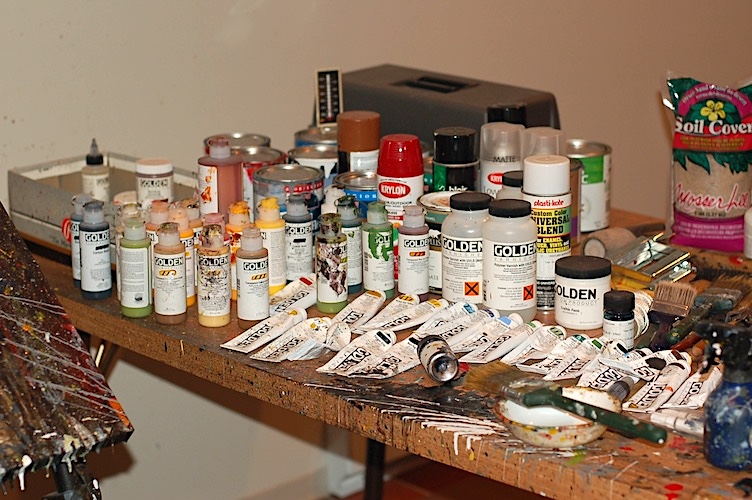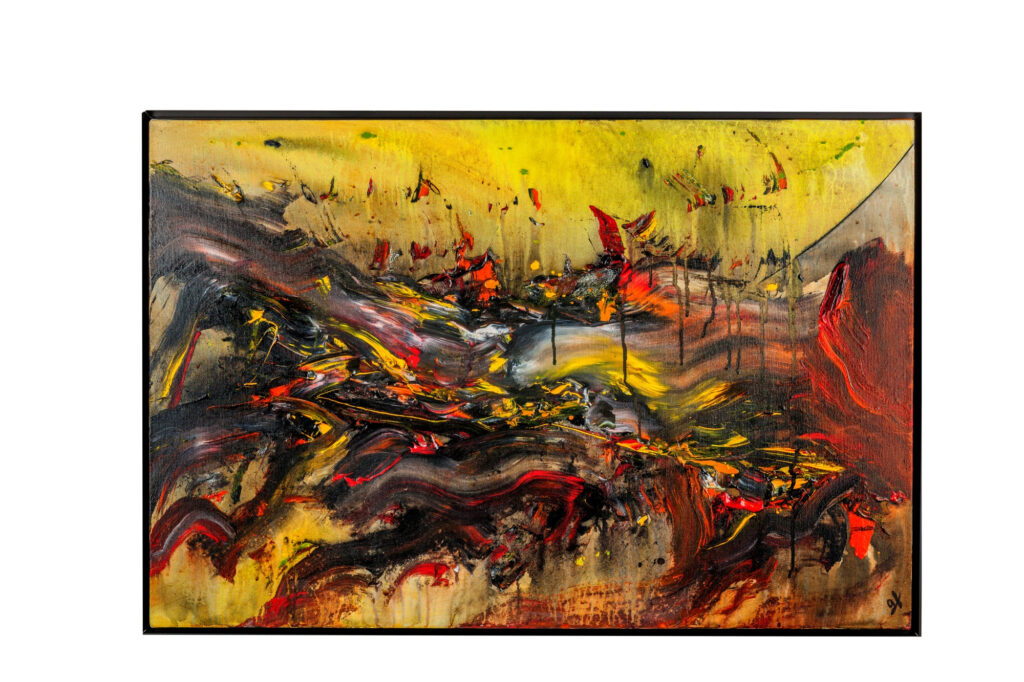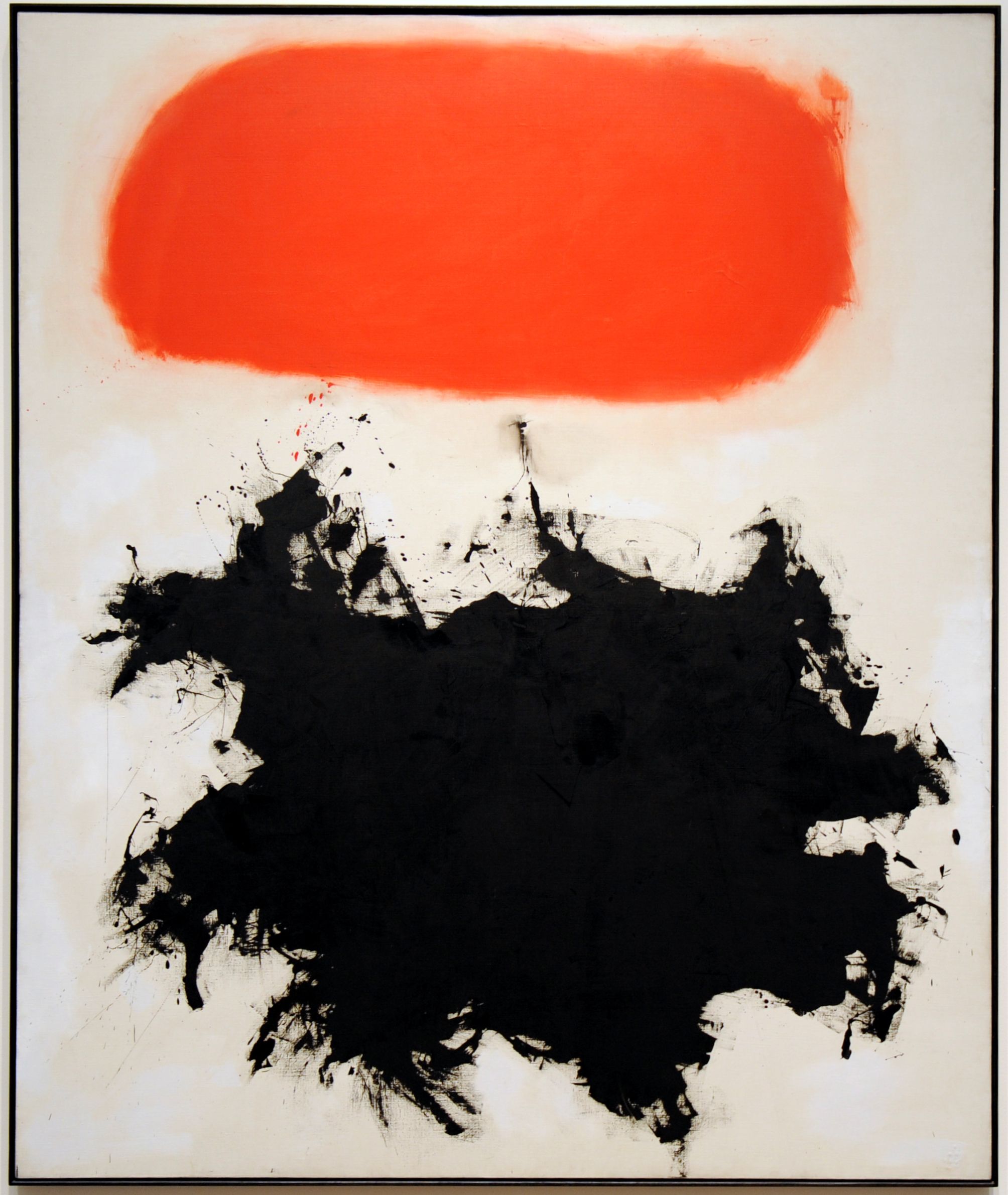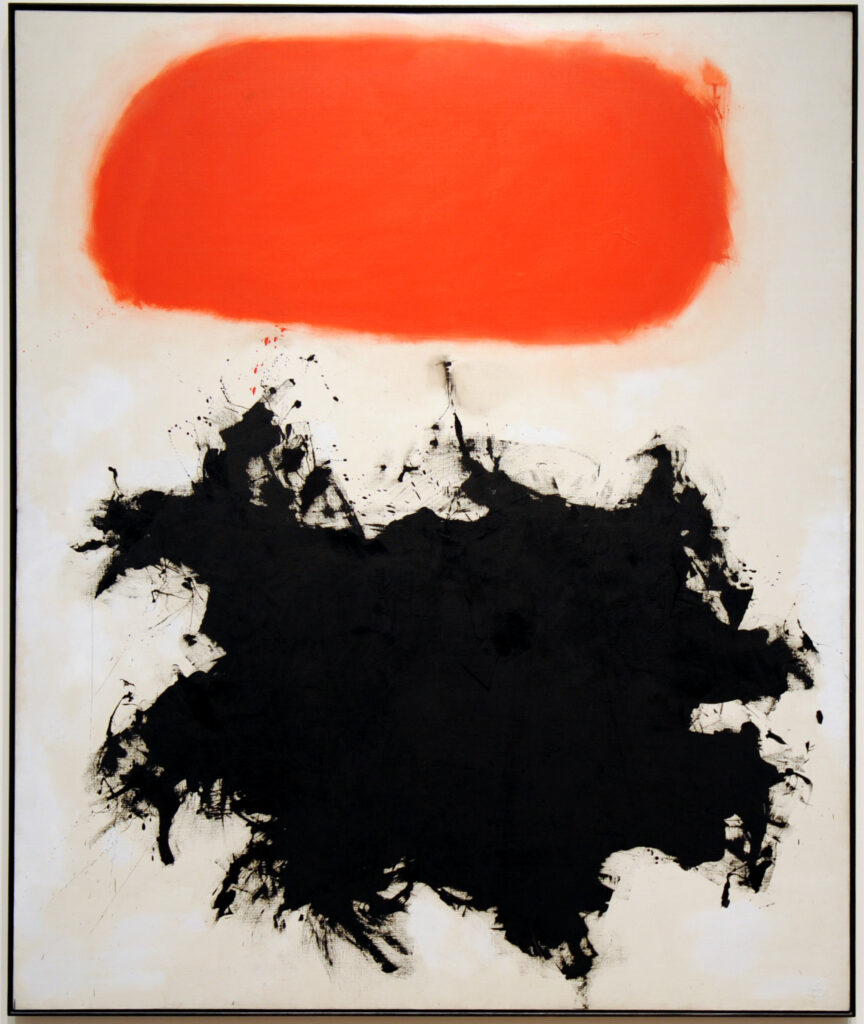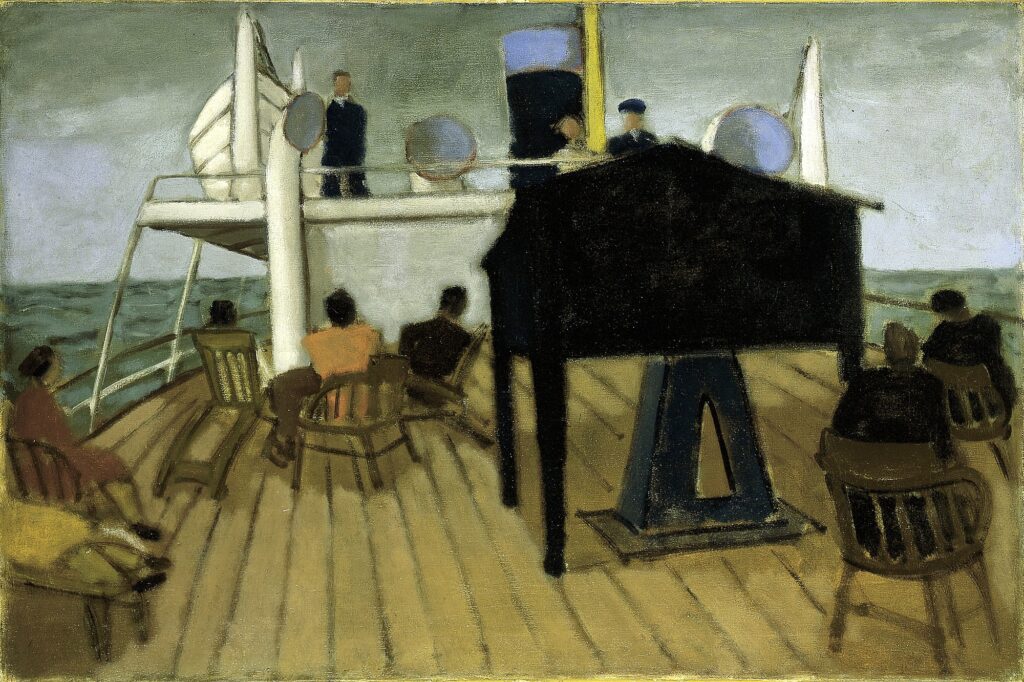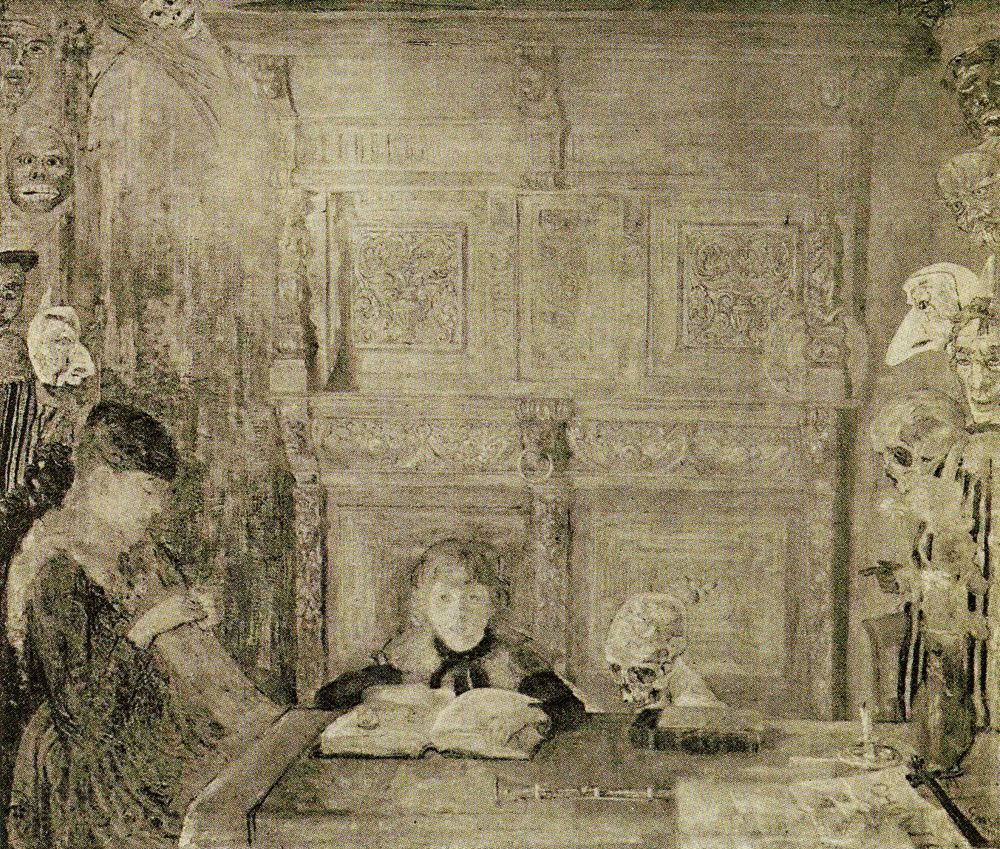David Lynch, Dreaming
I worked with a woman whose family would pack a lunch and go to the local insane asylum Sunday afternoons after church. It was entertainment for them.
Viewing a Lynchian project is like visiting that asylum.
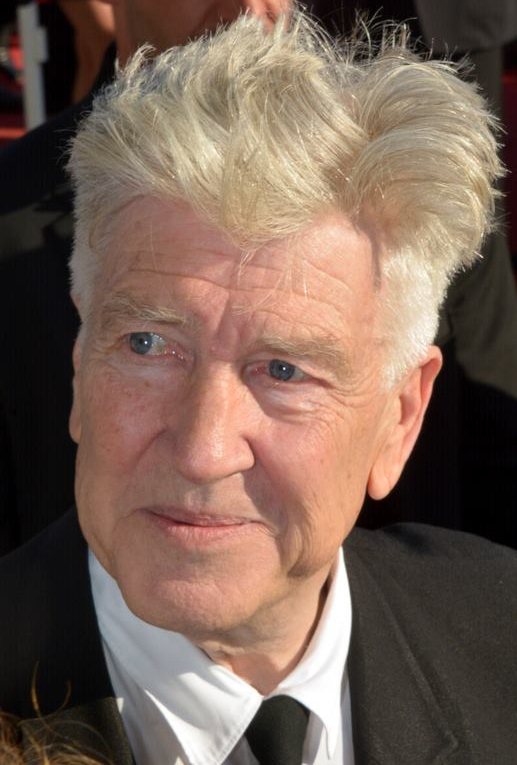
Lynch died of emphysema and a heart attack in January, after being forced to evacuate his compound during a California forest fire. He left behind a rich and disturbing body of work that either makes sense or doesn’t make sense.

He directed the 1980’s DUNE, THE ELEPHANT MAN, BLUE VELVET, and then TV: TWIN PEAKS made him a household name.
PEAKS was probably his most coherent work because he had surprisingly little to do with it. It almost made sense: a murder mystery. This sensibleness made him back off from it. That, and his relative lack of control over the project. ABC was not TWIN PEAKS-friendly.
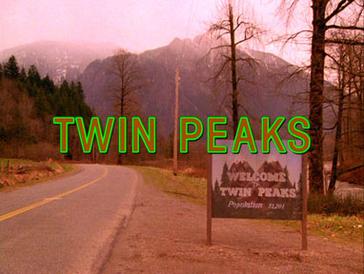
ROOM TO DREAM by Lynch and biographer Kristine McKenna is an unusual book. He and McKenna alternate authorship in an unexpectedly-yet-expectedly vertiginous way. Because Lynch can’t do anything normally.
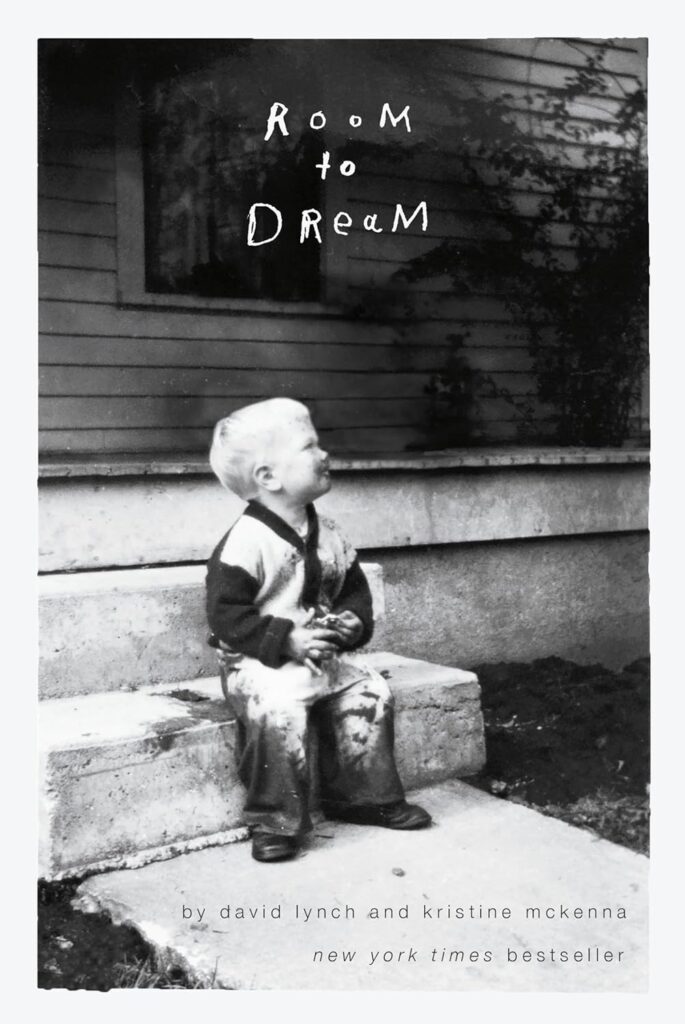
There are two other problems with the book. One is its oddly promotional tone.
Everybody finds Lynch charming. Friendly. A genius. A great director. A great painter. A great writer. Hard-working. Busy. A busy little beaver, always creating. And a great musician, too, by the end of his life.
Yet where are the non-adoring actors who disappeared from his life over time? Did they think he was a swell peach, a genius of a peach, too?
The second problem is that we learn nothing about Lynch that we didn’t learn before.

Why was he such a heavy smoker? Why was he a chain-marry-er? Why so many love affairs? Why was he so obsessive? Was he autistic? What in hell were his relationships with his children (by many different wives) like? Why was he taken in by the meditation industry? Was he a babe, an innocent, or a true believer? Why were his “products” purposely abstract, and bizarre, and surreal, and, well, plot-less?
Could he not think linearly? Or did he not want to?
Were his dreams insane?
And why did he avoid commercial success after Mel Brooks’ – yes, it was Mel Brooks’ project! – THE ELEPHANT MAN?
Man, this guy needs an objective biography from a bare-knuckles brawler of a biographer.
Then again, maybe he’s too obscure a figure for that treatment.
A slight clue to what is going on might be the painter Edward Hopper, Lynch’s favorite artist.
Hopper was a specialist of atmosphere, of scene-setting, of feeling, of emotion. Maybe all Lynch wanted to do was make you smell the pine-tingling aroma of the Pacific Northwest, or an old factory’s rusting pipes, or an actress’s sweat as she masturbates on-camera, as Naomi Watts did in his MULHOLLAND DRIVE?
In the late 20-teens TWIN PEAKS: THE RETURN (Twin Peaks 3rd Season, Showtime) there’s an episode where a scene is set in a small-town radio station’s outer office. The room, the office, and the characters are from a Hopper painting. It’s a great homage to Hopper from a fan.
Is scene-setting enough for a movie or a TV show, though?
Here’s a movie theater usher in another Hopper, pondering the same question:
